Atacama Large Millimeter/submillimeter Array (ALMA)
Chajnantor plateau, Atacama Desert, Chile
The Atacama Desert in Chile is an astronomer’s paradise. Thanks to its high altitude, cold nights, scant precipitation and lack of pollution, it boasts some of the clearest night skies on the planet.
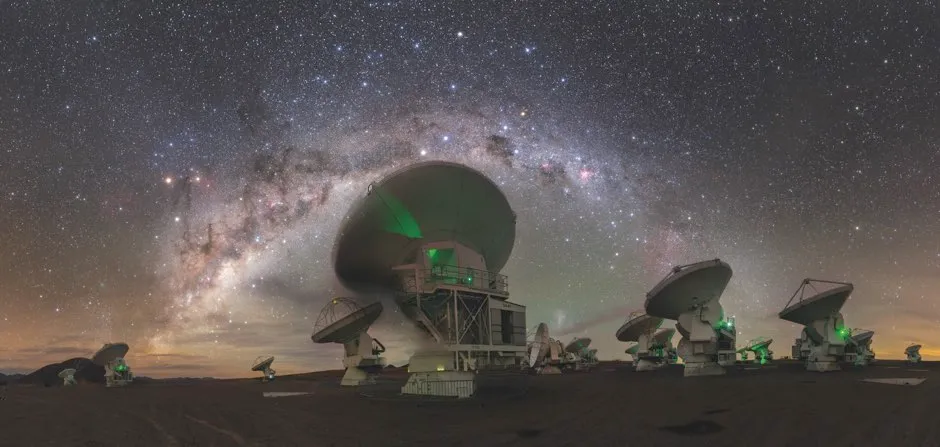
That’s why the European Southern Observatory (ESO) – an astronomical research organisation of 16 countries – worked with Chile to set up powerful ground-based telescopes in the desert, including the Atacama Large Millimeter/submillimeter Array (ALMA).
Beginning observations in 2011, the high-tech telescope consists of 66 precise antennas that can be arranged in different ways to give a variable zoom, capturing sharper detail than the Hubble Space Telescope. ALMA studies light with wavelengths of around a millimetre, originating from the Universe’s coldest objects that exist at temperatures at just above absolute zero.
These objects include the molecular gas and dust clouds that are the building blocks of galaxies, stars and planets. By studying these regions of the Universe, scientists will be able to decipher the mysteries of planetary formations as well as our cosmic origins.
Take a look at more beautiful astronomy photos:
- NASA and the night sky celebrated in new book, Stargazing
- So long Juno, and thanks for all the pics
- 29 beautiful Cassini images (and a few fun facts)
- 23 of NASA's most gorgeous galaxy pictures
Very Large Telescope (VLT)
Cerro Paranal, Atacama Desert, Chile
Around 500 kilometres away on the other side of the desert on Cerro Paranal is the Very Large Telescope (VLT).
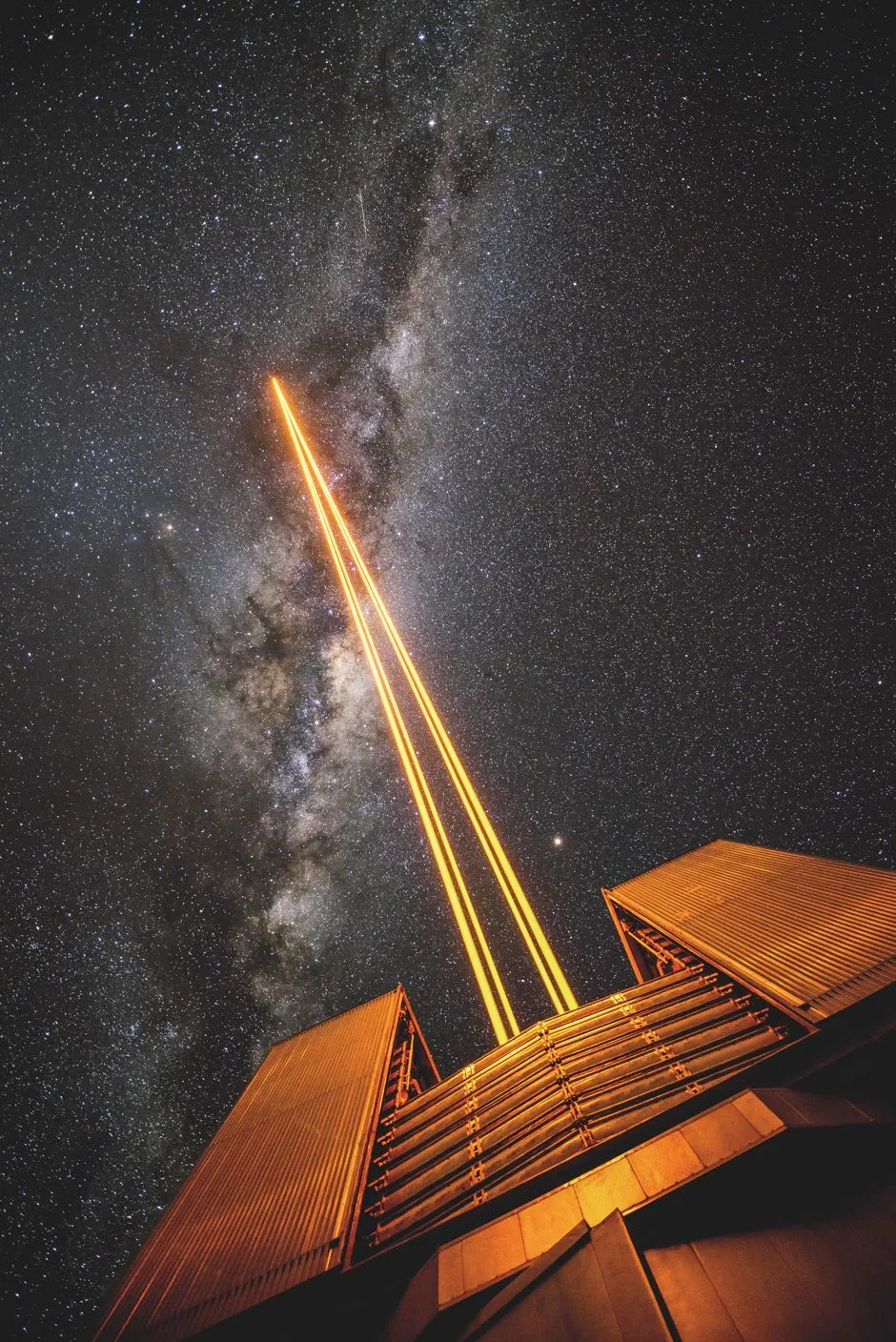
It consists of four ‘unit telescopes’ each named after a celestial object in the Mapuche language – spoken by the indigenous population to south-central Chile – and complemented by four moveable ‘auxiliary telescopes’.
Just one of the unit telescopes can see objects four billion times fainter than is visible with the human eye.
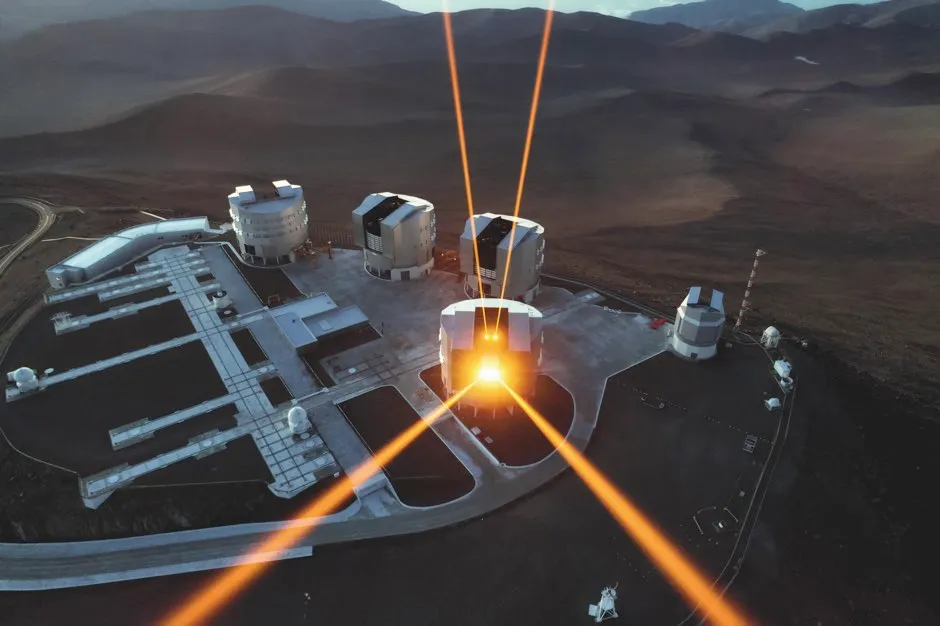
Alternatively, the telescopes can work together to form a huge ‘interferometer’, allowing astronomers to view much finer detail than is possible by using each telescope individually.
The VLT first started operations in 1998 and has transformed our understanding of the Universe, with its results leading to an average of more than one peer-reviewed paper every day. Some of its most iconic work includes testing Einstein’s General Relativity by tracking the movement of a star passing through the gravitational field around the Milky Way’s supermassive black hole.
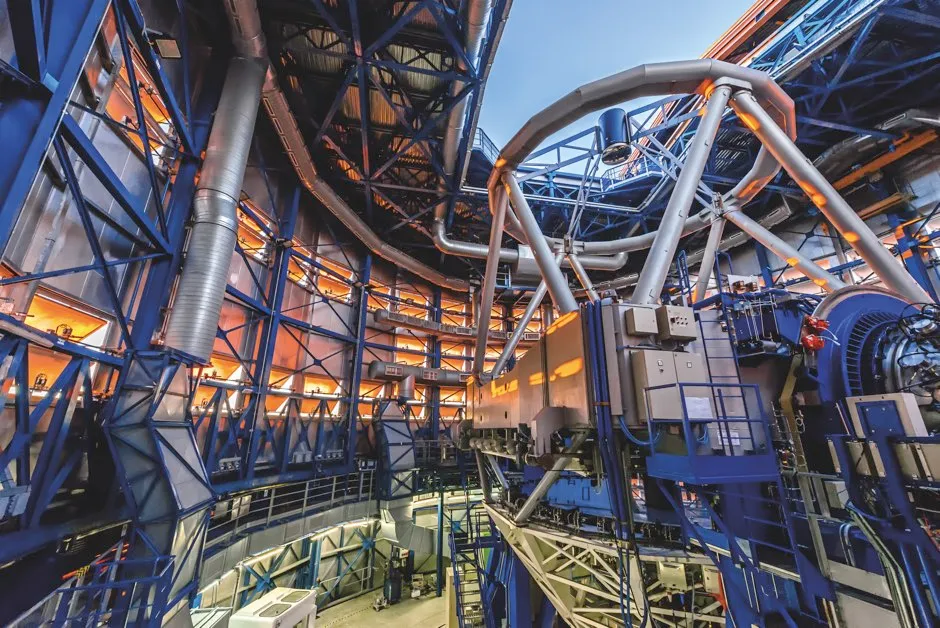
However, it has also calculated the age of ancient stars in the NGC 6397 cluster, and has analysed the atmosphere of a super-Earth exoplanet, helping scientists to learn more about worlds beyond our Solar System. The VLT was even able to detect carbon monoxide molecules in a galaxy almost 11 billion light-years away.
Five-hundred-meter Aperture Spherical Telescope (FAST)
Pingtang County, Guizhou, China
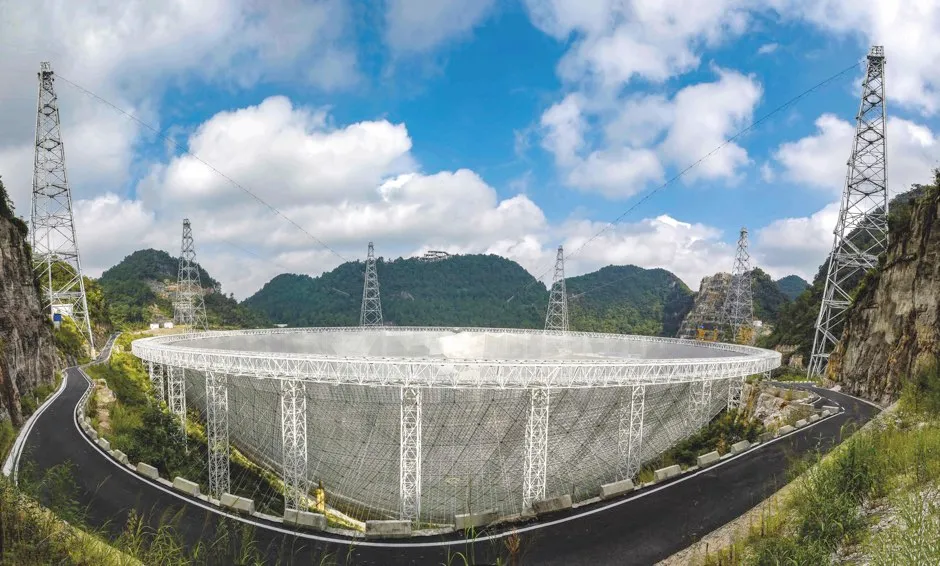
On the other side of the world in China’s remote and mountainous Pingtang County lies the newest telescope in our roundup, the Five-hundred-meter Aperture Spherical Telescope (FAST).
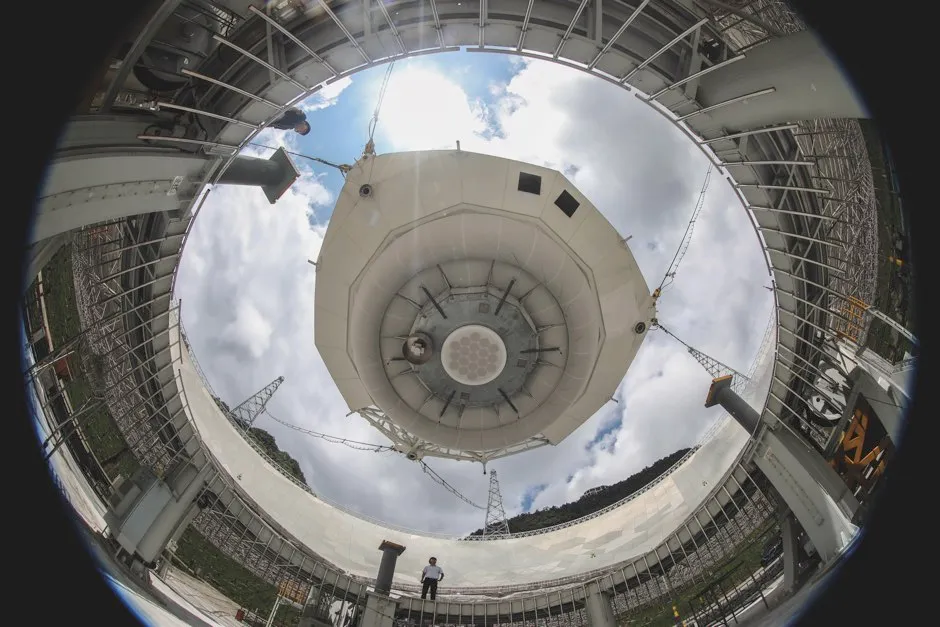
This radio telescope started formal operations in January 2020, and consists of an enormous 500m-diameter dish composed of 4,450 triangular metal panels that can be adjusted to target different areas of the sky. The dish focuses incoming radio waves onto a receiving antenna.
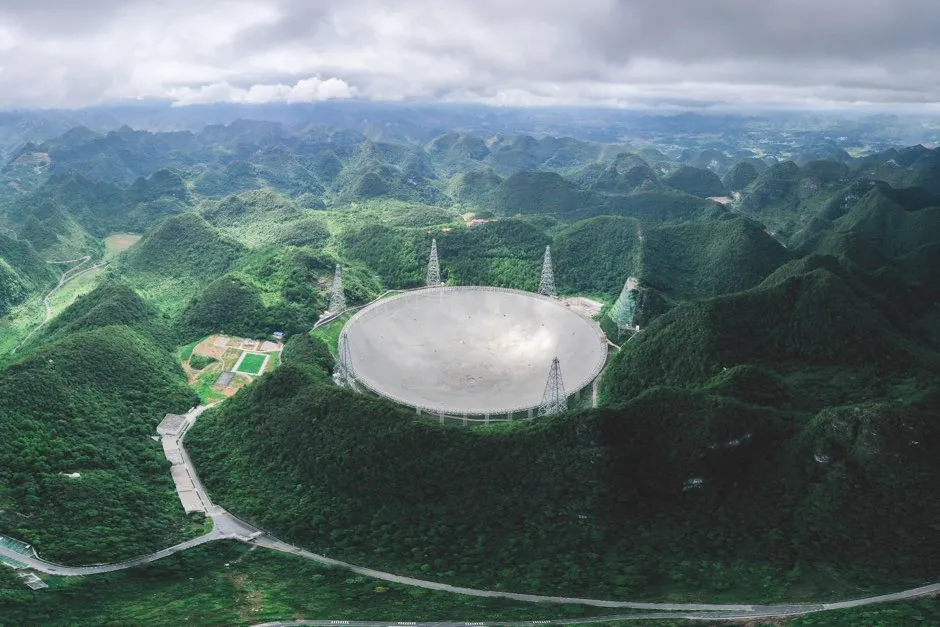
It first opened to astronomers in autumn 2019 and is designed to search the skies for pulsars, fast radio bursts (FRBs), and potentially alien life. Pulsars were first spotted by Jocelyn Bell Burnell and Antony Hewish back in the 1960s and were initially dubbed LGMs for ‘Little Green Men’, until they were identified as highly magnetised, rapidly rotating neutron stars that can only be detected by radio telescopes.
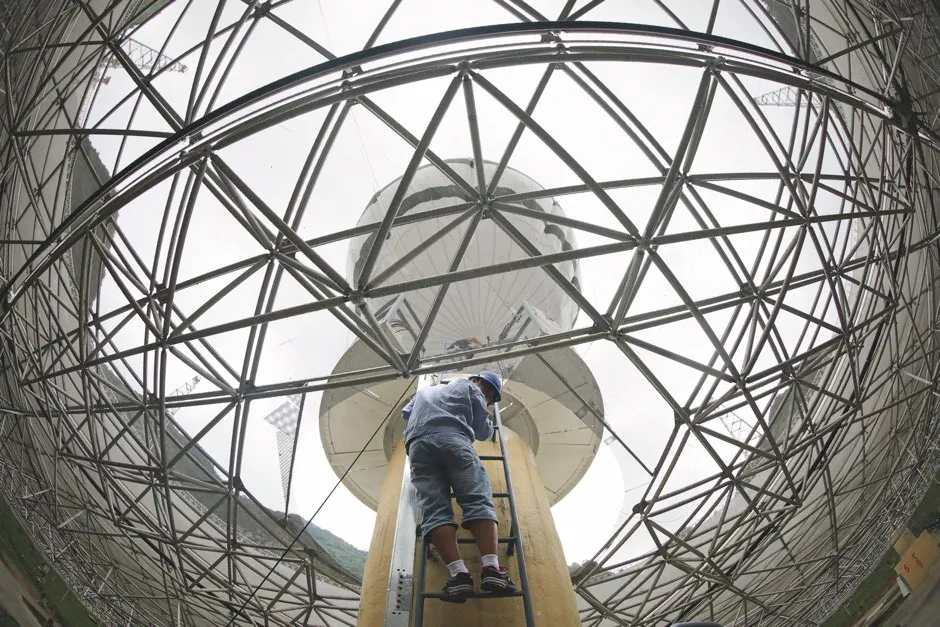
FRBs were discovered back in 2007, and are brief, energetic bursts of radio emissions that take place all over the cosmos, however, their precise cause has not yet been identified.
Visible and Infrared Survey Telescope for Astronomy (VISTA)
Cerro Paranal, Atacama Desert, Chile
At the same site as the VLT is the Visible and Infrared Survey Telescope for Astronomy (VISTA), operating since 2009. Also owned by ESO, this telescope is equipped with a sensitive near-infrared camera that can see things that are invisible to the human eye.
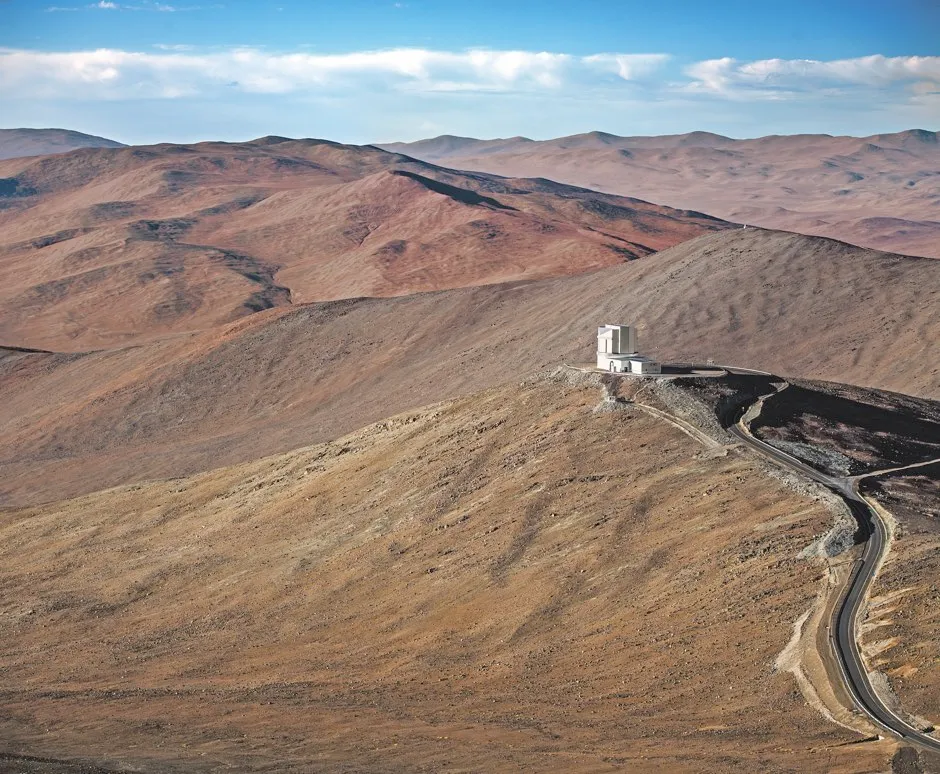
This means that it can look for substellar bodies such as brown dwarfs, which are incredibly faint in terms of visible wavelengths, as well as distant objects like quasars and other galaxies.
But it can also peer through the clouds of dust that obscure swathes of the cosmos, allowing it to glimpse many of the individual stars at the centre of the Milky Way. This will enable scientists to map our Galaxy in much greater detail.
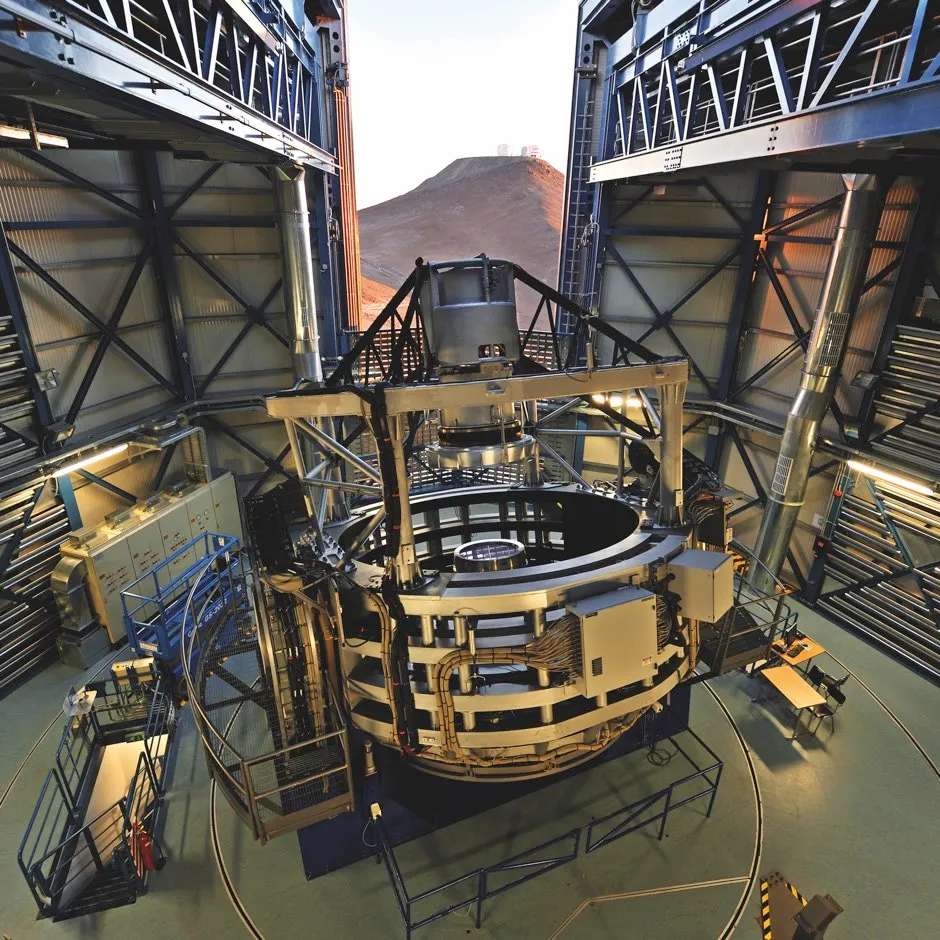
Some of the most incredible images taken by VISTA so far include stunning views of the Flame Nebula, the Orion Nebula and the Lagoon Nebula, all located thousands of light-years away.
